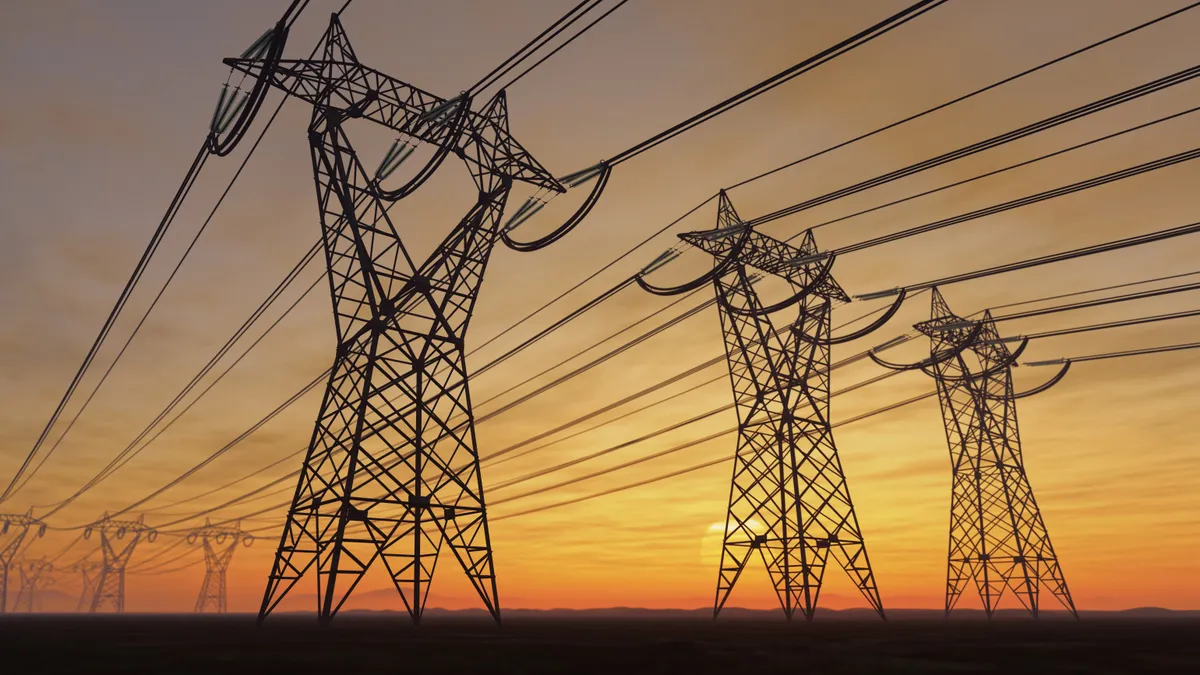Alexandra Klass is the James G. Degnan Professor of Law at Michigan Law, Josh Macey is an assistant professor at the University of Chicago Law School, Shelley Welton is a Presidential Distinguished Professor of Law and Energy Policy with the Kleinman Center and Penn Carey Law and Hannah Wiseman is a Professor of Law at Penn State Law and a Professor in the College of Earth and Mineral Sciences.
These days, after every extreme weather event, Republicans cry wolf about the dangers that renewable energy and clean energy policies pose to grid reliability. In one sense, pundits are right. The U.S. power grid is under enormous stress, and reliability challenges will continue to get worse unless policymakers intervene quickly and decisively. But they are wrong to blame renewables.
The real problem stems from the grid’s outdated and parochial governance system. Our electricity system is run by a dizzying array of players — many of whom are heavily influenced by incumbent fossil generators — who routinely ignore each other’s regulatory objectives and design energy market rules to protect their own financial interests. As we argue in a recently released white paper, reliability regulations should be designed, implemented, and enforced by regulators and market participants who represent all stakeholders — not just by the utilities who have the most to lose from a clean energy transition.
Clean energy critics largely ignore evidence about the underlying cause of reliability failures. No generation resource offers perfect reliability. While non-weatherized wind turbines sometimes freeze during cold snaps, wind and solar have also at times beaten expectations during extreme weather. Natural gas generation and, to a lesser degree, coal generation, have at times helped to keep the lights on but in other cases have failed to meet reliability commitments. This record suggests the need for a deeper and more nuanced conversation about both the real threats and solutions to grid reliability.
The grid faces two governance challenges. The first is that the current regulatory framework treats reliability and decarbonization as separate objectives. Different energy regulators — the Federal Energy Regulatory Commission, the North American Electric Reliability Corporation, state public utility commissions and regional grid operators, just to name a few — are charged with regulating some dimensions of grid reliability. These entities occasionally work together to design reliability rules. But just as often they operate within their own silos. So, when clean energy resources try to enter the market in response to clean energy subsidies, they often encounter technical and outdated reliability and market rules that impede their entry or operation and make the grid less reliable.
The second problem is that entities charged with overseeing grid reliability are private organizations heavily influenced by incumbent utilities, many of whom stand to lose out from the clean energy transition. In theory, FERC should be working with other regulators to make sure that electricity market and planning rules harmonize with other regulatory objectives, such as reliability and clean energy policies. That would mean reforming resource adequacy markets to address the increasing need for flexible resources that can ramp up quickly when renewables are unavailable and redesigning transmission planning to encourage more high-voltage transmission lines that can bolster reliability through interregional transfers of energy.
In reality, though, FERC has outsourced market design decisions to for-profit and nonprofit entities.
In much of the country, resource adequacy markets and transmission planning are conducted by regional transmission organizations that are private, nonprofit, member-run institutions. Even though FERC has put in place guardrails to ensure independence, incumbent utilities have significant formal and informal sway in the decision-making processes of these organizations. Thus, it is little surprise that regional rules often favor utilities’ financial interests.
Consider transmission planning. The best wind and solar resources are located far from population centers that consume large amounts of electricity. To bring these resources to market, the United States needs to double its transmission capacity. Interregional transmission capacity is also one of the best ways to ensure reliability in the face of increasing weather disasters. Nevertheless, the country has failed to build a robust, nationally interconnected transmission grid. For the last decade, the most lines that have been constructed are small, local lines that only address immediate reliability issues and benefit a single utility’s service area.
From a policy standpoint, this is simply irrational. But it is entirely consistent with our mismatched and siloed system of energy governance. When utilities build local lines, they don’t have to compete with utilities and merchant (competitive) transmission providers in other regions. Small transmission projects are also preferable for vertically integrated utilities — utilities that own both generation and transmission assets — because local lines don’t expose their generation resources to competition from a larger swath of the market. But only utility shareholders win from this arrangement. The public at large and whole swaths of potential new competitors lose out.
In another example of private interests’ dominance in reliability governance, the same utilities that heavily influence regional transmission organizations have a strong voice on committees within NERC that propose reliability standards, ultimately to be approved by FERC. Like regional transmission organizations, NERC is a private nonprofit corporation, and its voting members tend to influence reliability standards in ways that perpetuate reliance on baseload fossil fuel resources that run all of the time.
These challenges may seem esoteric — and indeed, their process- and acronym-heavy nature discourages easy public engagement by design. But it is extremely important that energy regulators focus on technocratic reforms that will allow electricity markets to accommodate high penetrations of renewable energy and the flexible resources needed to make those renewables more reliable such as increased battery storage, demand response, and microgrids.
It is even more important that they first address the underlying governance problems that create unnecessary tensions between clean energy and reliability.
At minimum, there should be more public representation in the governance processes and boards of both NERC and regional transmission organizations. And FERC should more regularly bring together all of the entities responsible for grid reliability to break down current regulatory silos. More ambitiously, Congress should consider centering the responsibility for grid reliability within FERC, rather than continuing to rely on private-membership organizations beholden to incumbent utility and fossil fuel interests.
These governance reforms would set the stage for a more reliable electric grid that meets public objectives at the lowest cost.




















